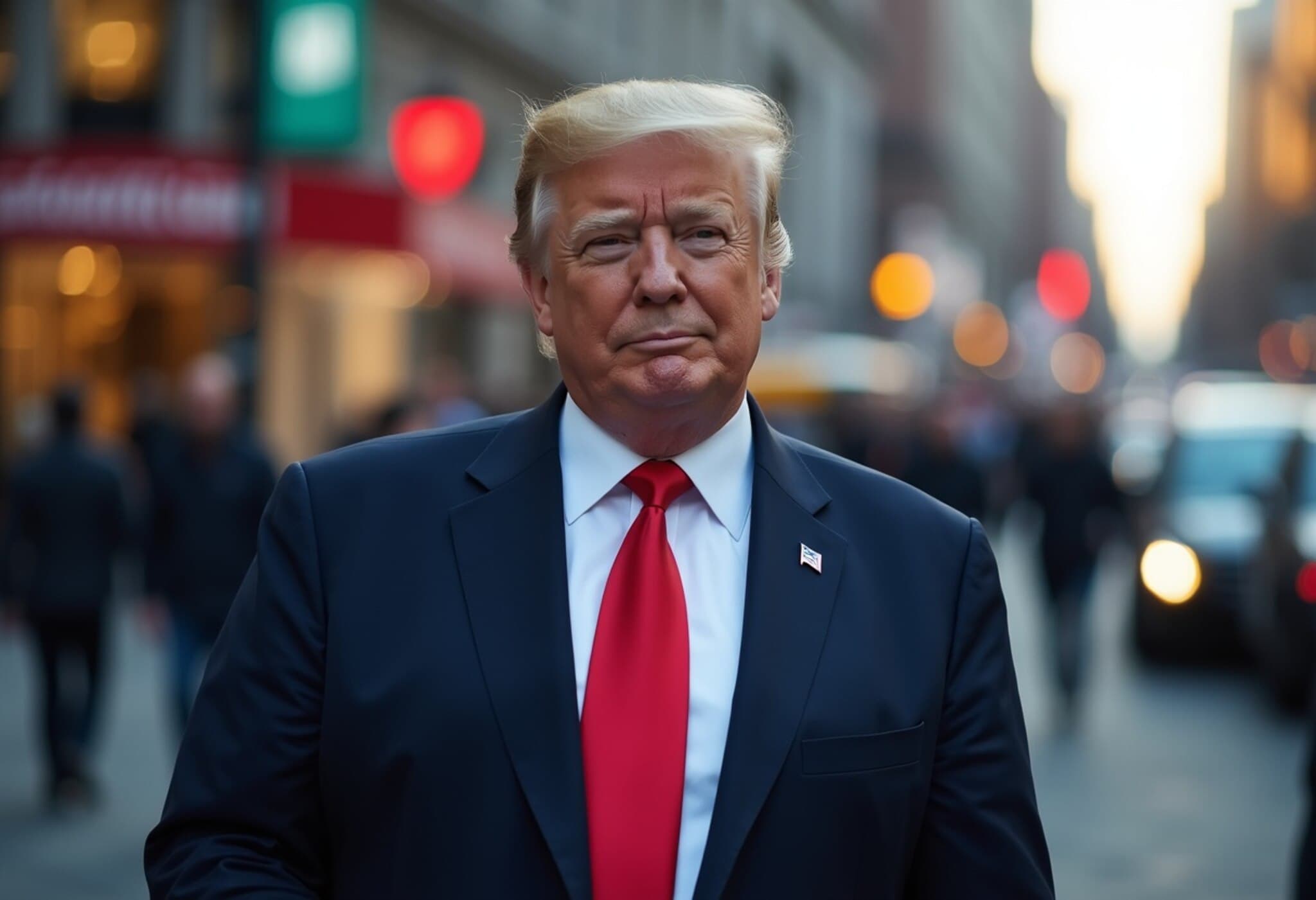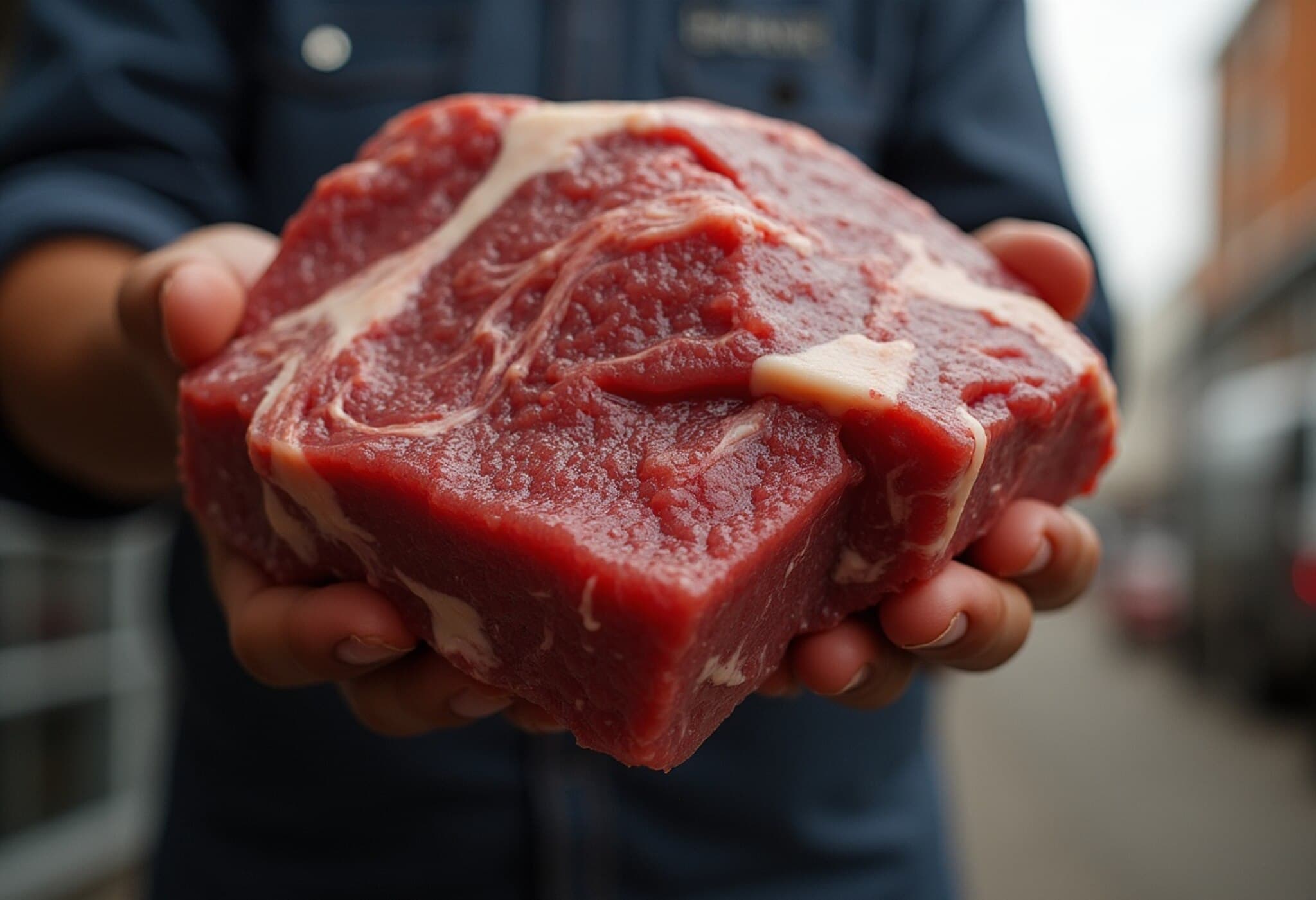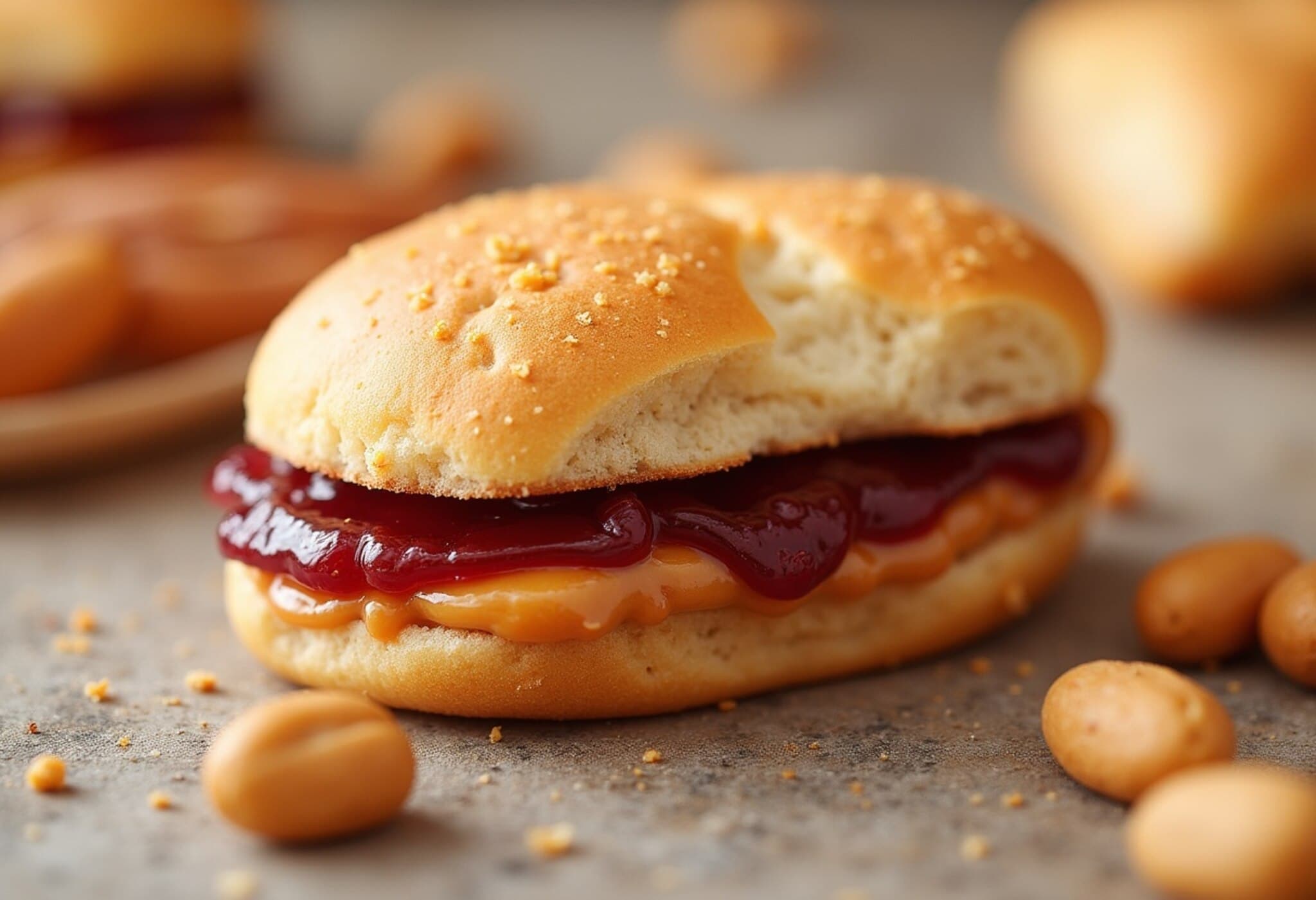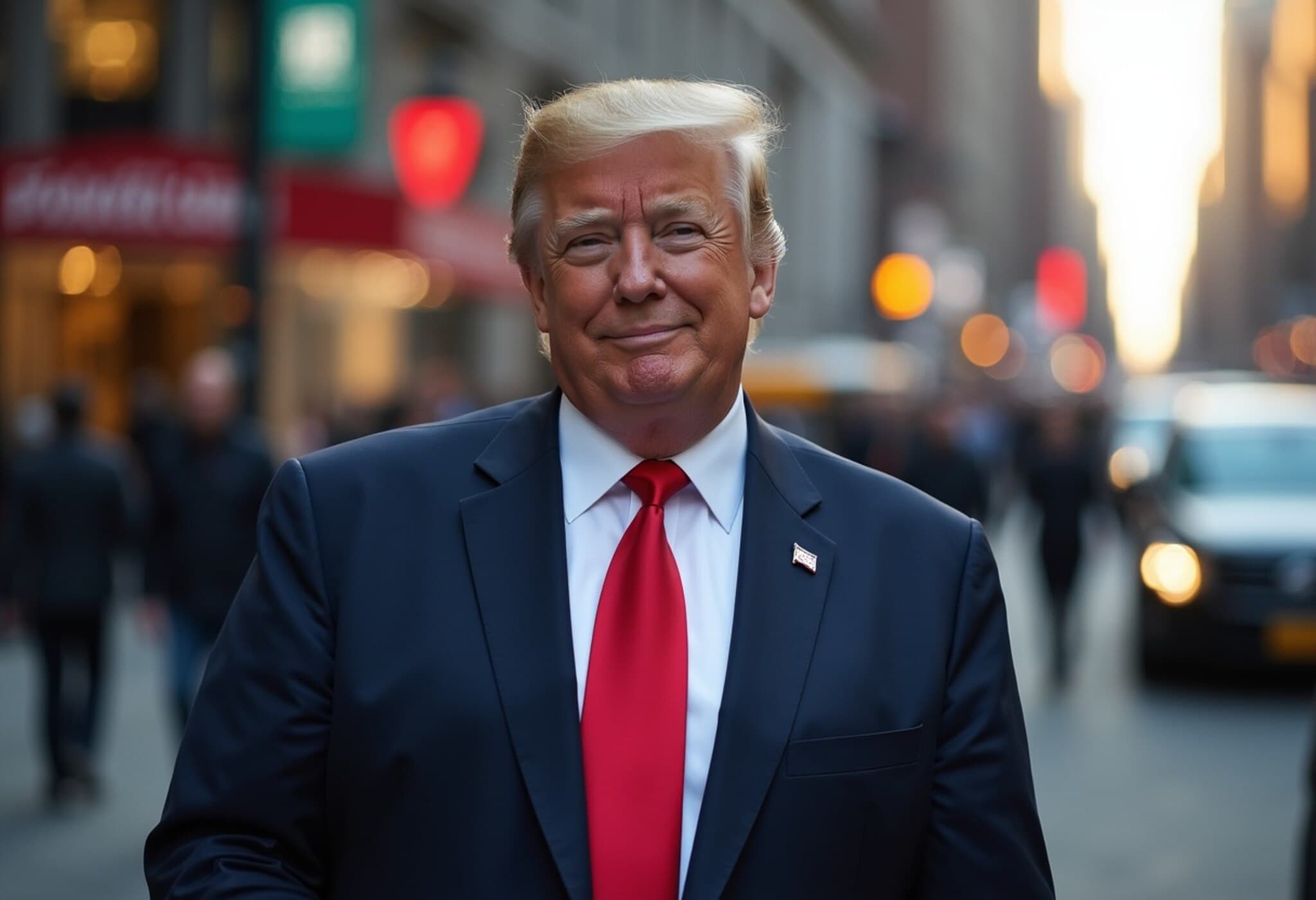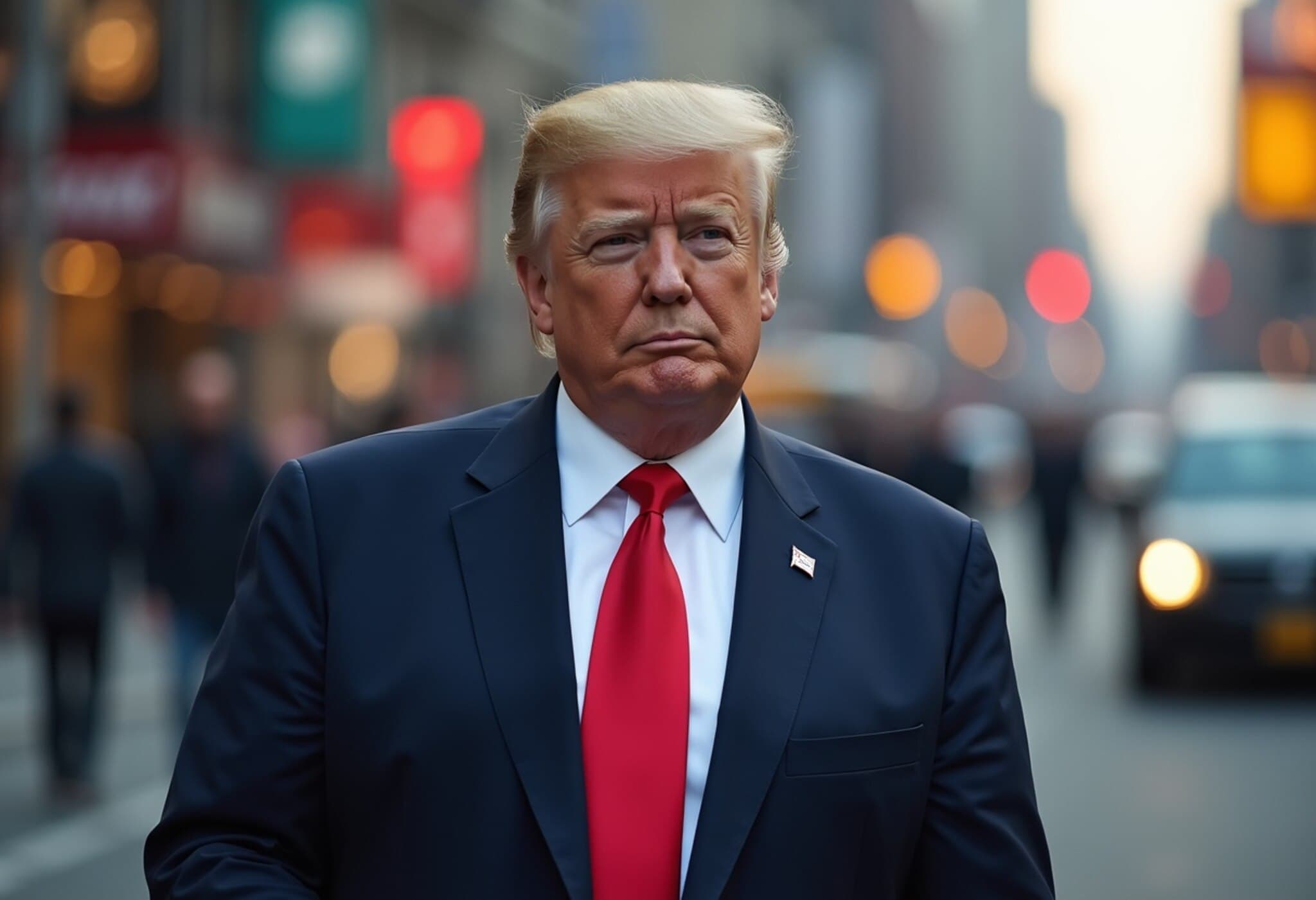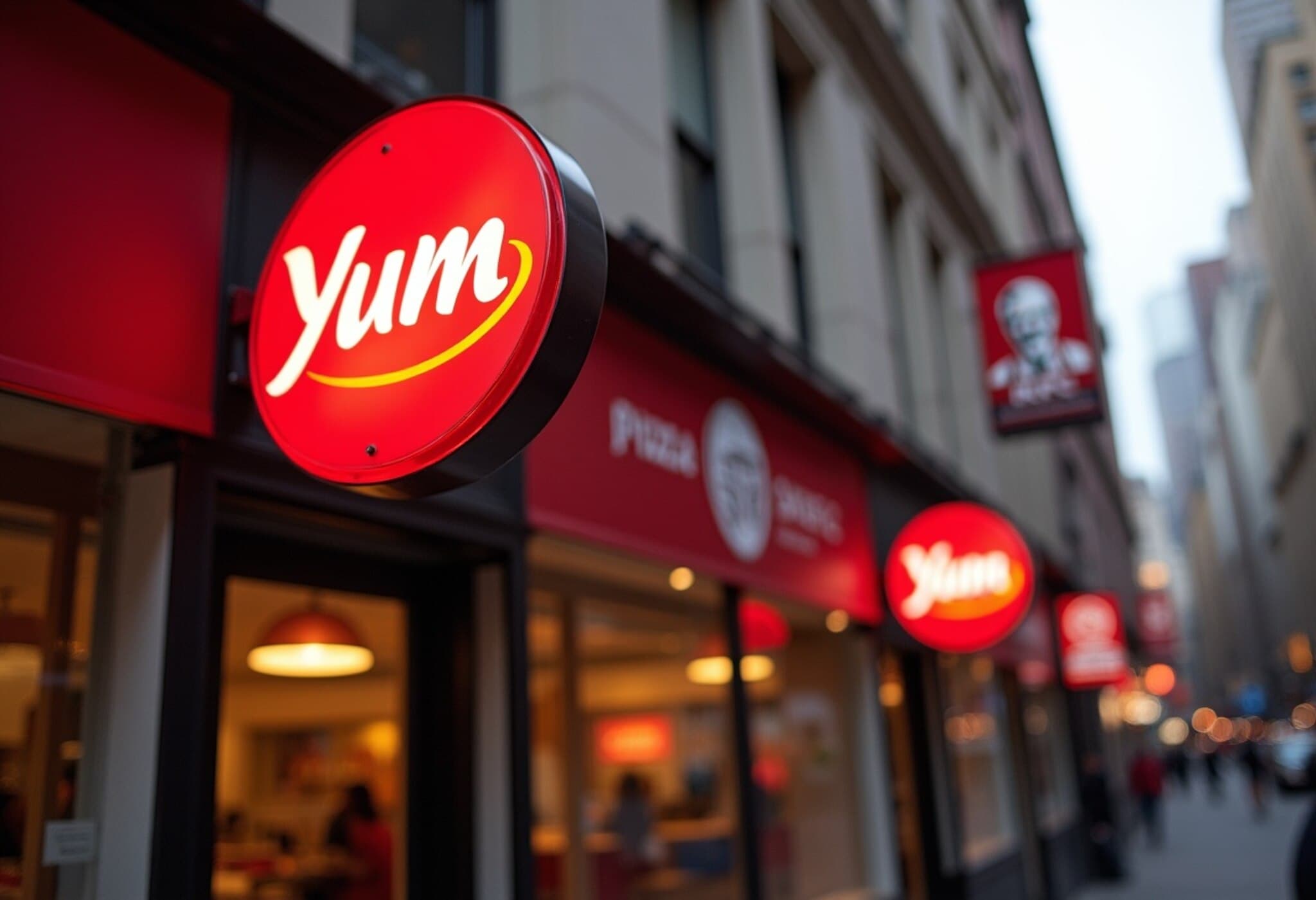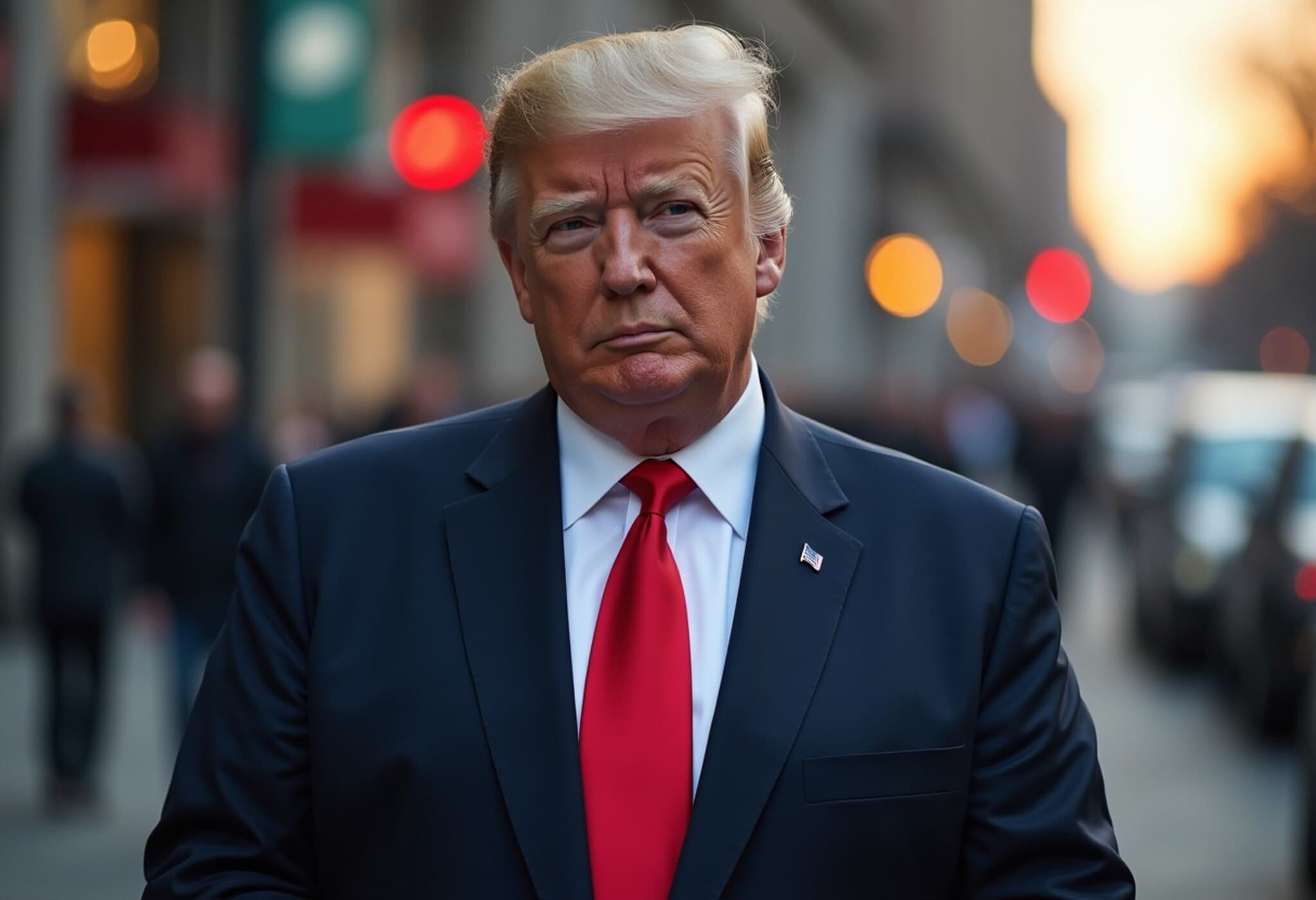Sharp 39% U.S. Tariffs on Swiss Imports Could Hit Consumers’ Wallets
Beginning this Thursday, American shoppers might notice significant price hikes on some of their favorite Swiss imports, including luxury watches, skincare products, and artisanal chocolates, due to impending 39% tariffs if trade negotiators fail to reach an agreement. The abrupt announcement took many by surprise, disrupting expectations of a more moderate deal like those previously struck with the UK and EU.
Understanding the Trade Dynamics between the U.S. and Switzerland
The trade relationship between the United States and Switzerland is marked by a substantial U.S. deficit, projected at $38.3 billion in 2024. Switzerland’s role as a global hub for gold refining—processing some 70% of the world’s gold—contributes heavily to that figure, although precious metals are exempt from the new reciprocal tariffs. Pharmaceuticals, another major Swiss export to the U.S., have so far skirted the 39% tariffs under specific exemptions, though this could change under separate regulatory reviews.
Spotlight on the Swiss Luxury Watch Industry
American consumers are especially familiar with Swiss watches, a symbol of precision and luxury, with the U.S. market accounting for over 4.37 billion Swiss francs ($5.4 billion) in exports in 2024 alone. To bear the coveted "Swiss-made" label, watches must have at least 60% of their production costs originating in Switzerland.
Paul Altieri, CEO of Bob’s Watches, describes the looming tariff hike as a potential "shake-up" for U.S. retailers and buyers alike. The additional 39% cost could force dealers to either absorb losses or pass them to consumers, likely leading to longer wait times and steep price increases. Iconic timepieces like the Rolex Submariner could see price tags soar from $10,000 to nearly $14,000.
Jean-Philippe Bertschy, equity research chief at Vontobel, emphasized the hardship these tariffs could impose, particularly on mid-tier watch segments where price sensitivity is higher. The luxury segment’s exclusivity and waiting lists might allow brands like Rolex and Patek Philippe to adjust prices without immediate loss of demand, but the overall industry faces considerable headwinds.
Impact on Coffee and Consumer Staples
While giants like Nestlé produce most U.S.-sold staples, such as instant coffee, domestically—thus sparing those products from tariffs—the Nespresso brand, with its capsule machines exclusively manufactured in Switzerland, will likely face tariff-induced price hikes. This could nudge consumer costs upward, particularly given North America’s strong double-digit growth for Nestlé's coffee products.
Swiss Skincare and Beauty Products Brace for Cost Pressures
Switzerland’s skincare brands, renowned worldwide for their meticulous quality—such as La Prairie and Valmont—could also feel the pinch. Though some pharmaceutical-related skincare items remain tariff-exempt, premium beauty products that highlight their Swiss origins may raise prices to offset increased import duties. As Lombard Odier notes, tariffs nearing 40% present a steep margin challenge far above the typical 10–15% range these brands can usually absorb.
Luxury Jewelry and Other High-End Goods
Swiss luxury goods conglomerate Richemont, owner of names like Cartier and Van Cleef & Arpels, may face a tariff impact on up to 7% of their cost base, with analysts predicting price increases as the likeliest response to protect margins. Such moves could influence consumer demand, especially in a market already sensitive to price.
Swiss Chocolates: Tradition Meets Tariff Troubles
Swiss chocolatiers, particularly small and medium enterprises, fear a heavy blow if tariffs persist. Director Roger Wehrli explains that these higher costs, on top of a strong U.S. dollar, could translate into consumer price increases exceeding 50%, potentially driving American customers away.
For chocolates, maintaining the "Swiss" label is critical for brand identity and market trust. Regulations require production within Switzerland to claim this heritage, meaning relocating manufacturing to the U.S. (as done by some big players like Mondelez with Toblerone) forces brands to adjust marketing language, potentially eroding brand equity.
Expert Insights and Unseen Challenges
- Supply Chain Disruptions: The tariffs could force brands into reshuffling global logistics, delaying deliveries and inflating prices further.
- Small Business Vulnerability: While multinationals may offset costs by shifting production locations, smaller Swiss exporters lack such flexibility, magnifying their risk.
- Quality and Brand Authenticity: Products like Swiss chocolate and watches bank on their origin as a quality assurance; tariffs risk diluting this cachet.
- Consumer Choice and Demand Elasticity: How American consumers will react to a sudden spike in prices remains uncertain, potentially impacting overall demand for Swiss luxury goods.
What’s Next?
Negotiations face a tight deadline this Thursday. The stakes are high not just for Swiss exporters but also for American consumers and retailers poised to absorb or pass on these costs. Policymakers and industry leaders must carefully weigh the economic fallout against the political and trade objectives driving these tariffs.
Editor’s Note
The looming 39% tariffs threaten to disrupt a complex trade relationship that balances the prestige of Swiss-made goods with accessible prices for U.S. consumers. Beyond immediate cost hikes, these tariffs challenge the very notions of brand authenticity and supply chain resilience in a globalized economy. As history has shown, such trade tensions rarely have winners among end consumers. Monitoring ongoing negotiations and their broader economic implications is crucial for stakeholders on both sides of the Atlantic.






